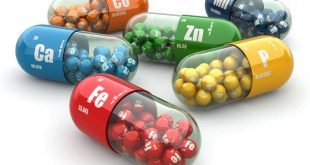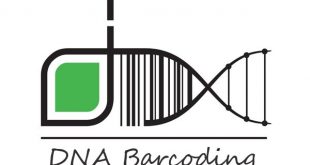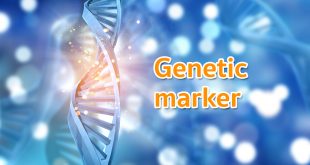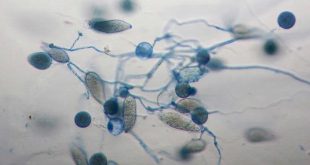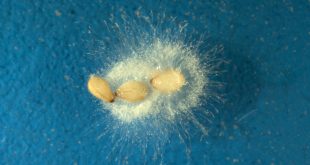In a Museum when you see a glittering crystal, you would say it was a mineral and you’d almost certainly be right. But can you say what a mineral really is? Define Minerals A mineral is an inorganic solid which is naturally occured. It has a fixed chemical composition and …
Read More »Vitamins: A Nutrional Organic Molecule
Vitamins and minerals are essential nutrients because they perform many roles within the body. There is a fine line between getting enough of those nutrients (which is healthy) and getting an excessive amount of (which can find yourself harming us). Eating a healthy diet remains the best way to get …
Read More »Taxonomy: DNA Barcoding
DNA Barcoding DNA barcoding is a method of species identification using a short section of DNA from a specific gene or genes. Everyone is familiar with industrial barcodes as unique identifiers for commercial products. Similar to these industrial barcodes, short gene segments – known as DNA barcodes – are unique …
Read More »Taxonomy: Genetic Marker
What is marker? Marker may be defined as “Mark of identification”. In Biology three major types of markers are used: Morphological marker (also called “classical” or “visible” markers) which are phenotypic traits. Biochemical markers, which are called isozymes- multiple forms of enzymes, including allelic variants of enzymes. A genetic marker …
Read More »Oomycetes: Order Peronosporales
Order Peronosporales, Aquatic or terrestrial; parasitic on algae or vascular plants, the latter mostly obligate parasites causing downy mildews; in advanced species, zoosporangia borne on well-differentiated sporangiophores, deciduous and behaving as conidia (asexually produced spores); example genera include Albugo, Peronospora, Bremia, and Plasmopara. Habitat They are aquatic, amphibious and terrestrial species. Forming a highly group …
Read More »Oomycetes: Order Saprolegnia
The oomycetes, also known as “water molds”, are a group of several hundred organisms that include some of the most devastating plant pathogens. The diseases they cause include seedling blights, damping-off, root rots, foliar blights and downy mildews. Some notable diseases are the late blight of potato, downy mildew of …
Read More » Plantlet The Blogging Platform of Department of Botany, University of Dhaka
Plantlet The Blogging Platform of Department of Botany, University of Dhaka
